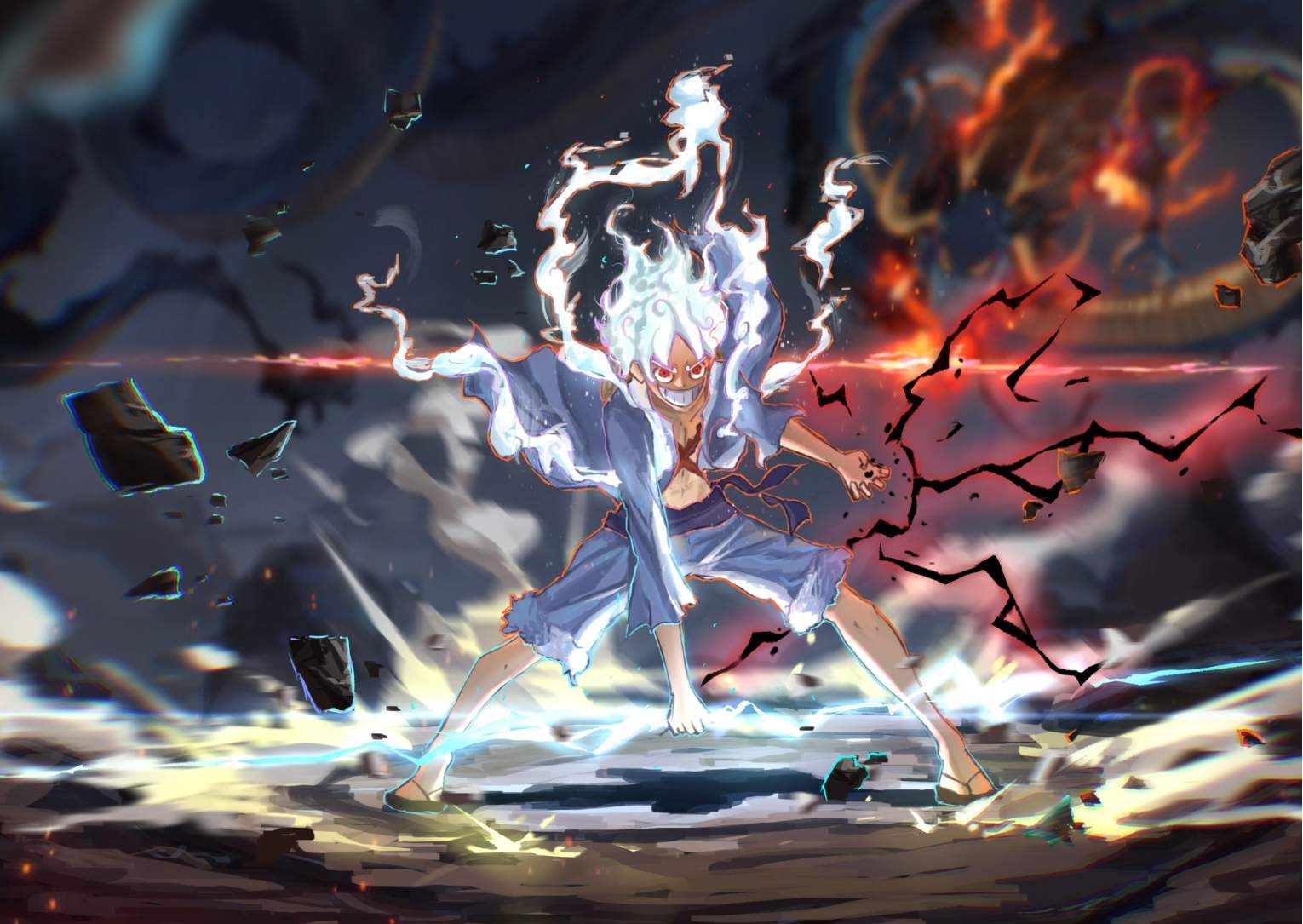In the vast ocean of anime and manga, few series have managed to remain as buoyant and beloved as “One Piece.” Since its debut in 1997, this epic tale of pirates, adventure, and friendship has captured the hearts of millions worldwide. But what is it about “One Piece” that has allowed it to remain a titan of the genre for so long? Let’s embark on a journey to uncover the elements that have contributed to its enduring popularity.
Compelling Storytelling
At the heart of One Piece is its masterful storytelling. Eiichiro Oda, the creator, has crafted a narrative that is both expansive and deeply personal. The series follows Monkey D. Luffy and his crew, the Straw Hat Pirates, as they search for the legendary treasure known as One Piece. This quest is not just a journey for treasure but an exploration of dreams, freedom, and the bonds of friendship. The vast storyline, filled with intricate plots and unexpected twists, keeps fans eagerly anticipating each new chapter and episode.
One of the most remarkable aspects of One Piece is its intricate world-building. The series is set in a fantastical world teeming with diverse islands, each with its own cultures, climates, and hidden mysteries. From the bustling metropolis of Water 7 to the chilling landscapes of the Drum Island, Oda’s imagination knows no bounds. This rich tapestry of environments adds depth to the story and invites viewers to immerse themselves fully in the world of One Piece.
Diverse and Relatable Characters
The characters of One Piece are as varied and colorful as the world they inhabit. Each member of the Straw Hat crew has a unique backstory, personality, and set of skills that contribute to the ensemble’s dynamic. Whether it’s the determined and loyal Luffy, the fiercely independent Nami, or the enigmatic swordsman Zoro, fans find characters they can relate to and root for. Moreover, the villains and supporting characters are equally well-developed, often blurring the lines between good and evil and adding complexity to the narrative.
Emotional Depth
Beyond the high-seas adventure and comedic antics, One Piece is a series that resonates emotionally with its audience. The series doesn’t shy away from tackling themes of loss, sacrifice, and perseverance. Moments of triumph are often tempered with scenes of heartbreak, making the characters’ victories all the more poignant. This emotional depth allows One Piece to connect with viewers on a personal level, creating a lasting bond that keeps them invested in the characters’ fates.
Over the decades, One Piece has evolved in style and storytelling while staying true to its core themes. The animation quality has improved, and the series has embraced modern storytelling techniques to keep pace with new generations of fans. This adaptability ensures that while the series maintains its nostalgic charm, it also remains fresh and relevant in an ever-changing entertainment landscape.
Cultural Impact and New Generations
One Piece is more than just a story; it has become a cultural phenomenon. Its influence extends beyond the pages of manga and the frames of anime, inspiring merchandise, films, and even theme park attractions. The series’ messages of friendship, adventure, and freedom continue to inspire fans globally, and its ability to attract new viewers is a testament to its universal appeal.
In summary, One Piece stands as a monumental achievement in the world of anime and manga. Its engaging storytelling, elaborate world-building, and profound emotional resonance have ensured its place in the hearts of fans for over two decades. As Luffy and his crew sail towards the horizon in search of adventure and dreams, “One Piece” continues to invite both long-time fans and newcomers on an unforgettable journey. Whether you’re a seasoned viewer or a curious newcomer, the world of “One Piece” promises an adventure like no other.




